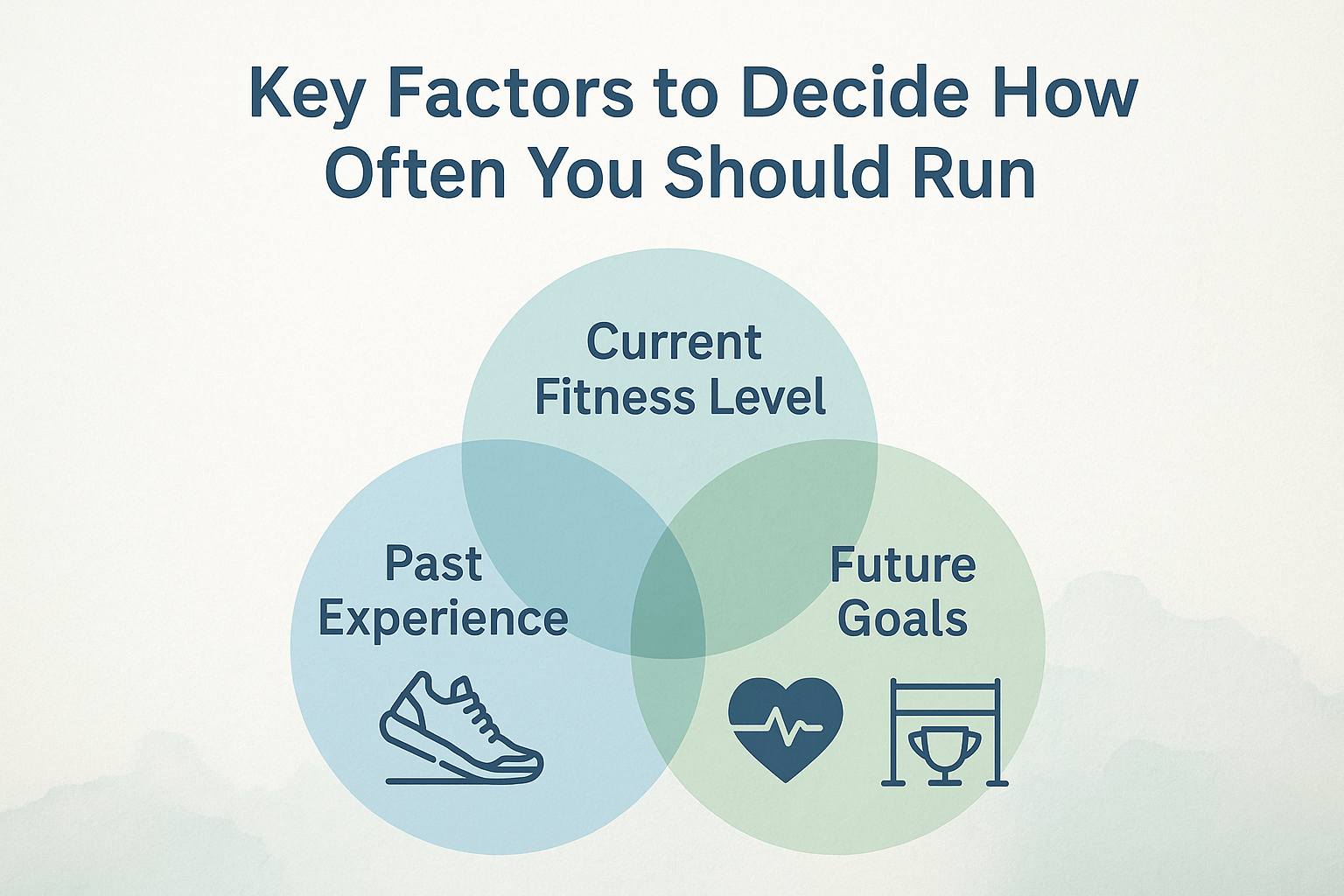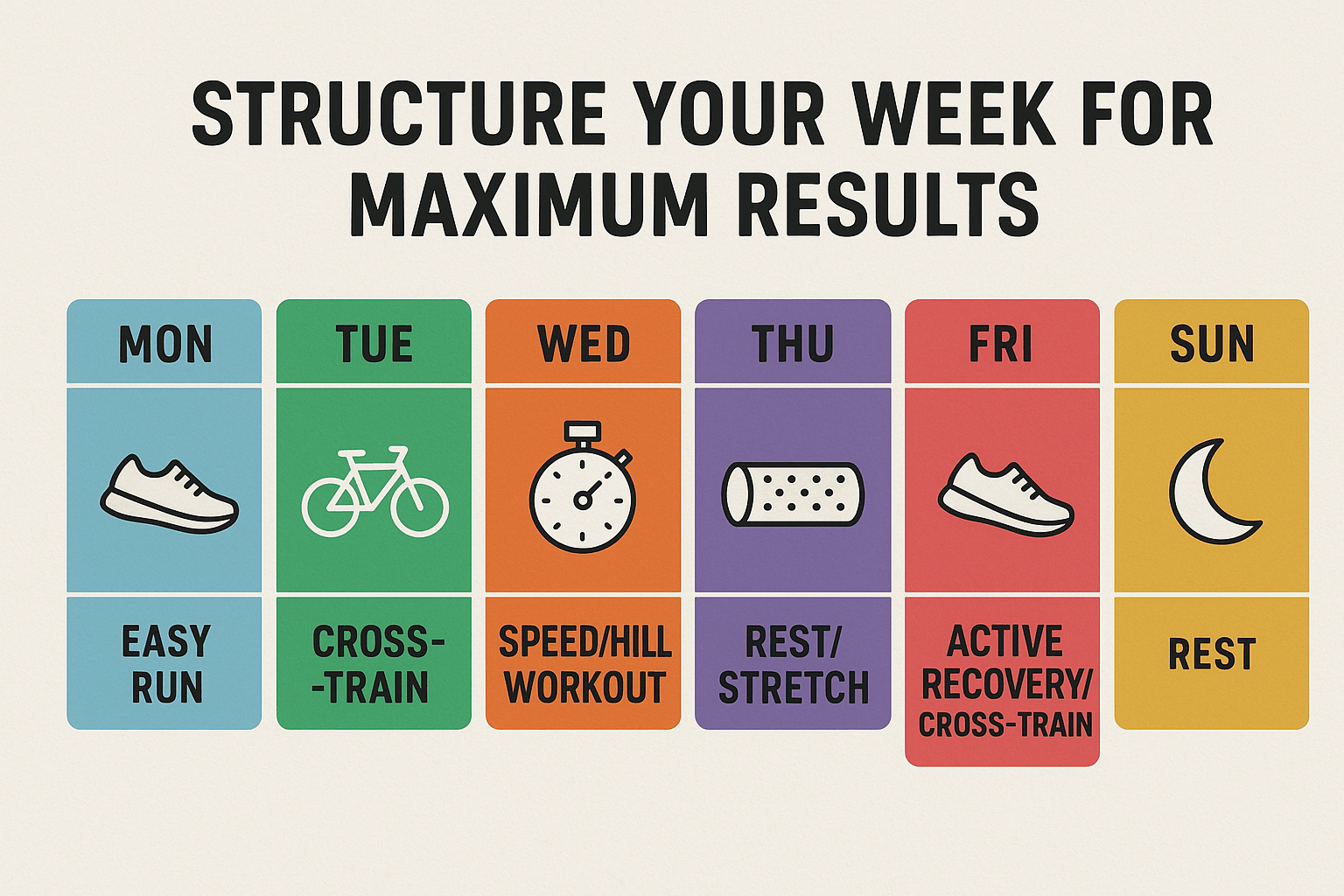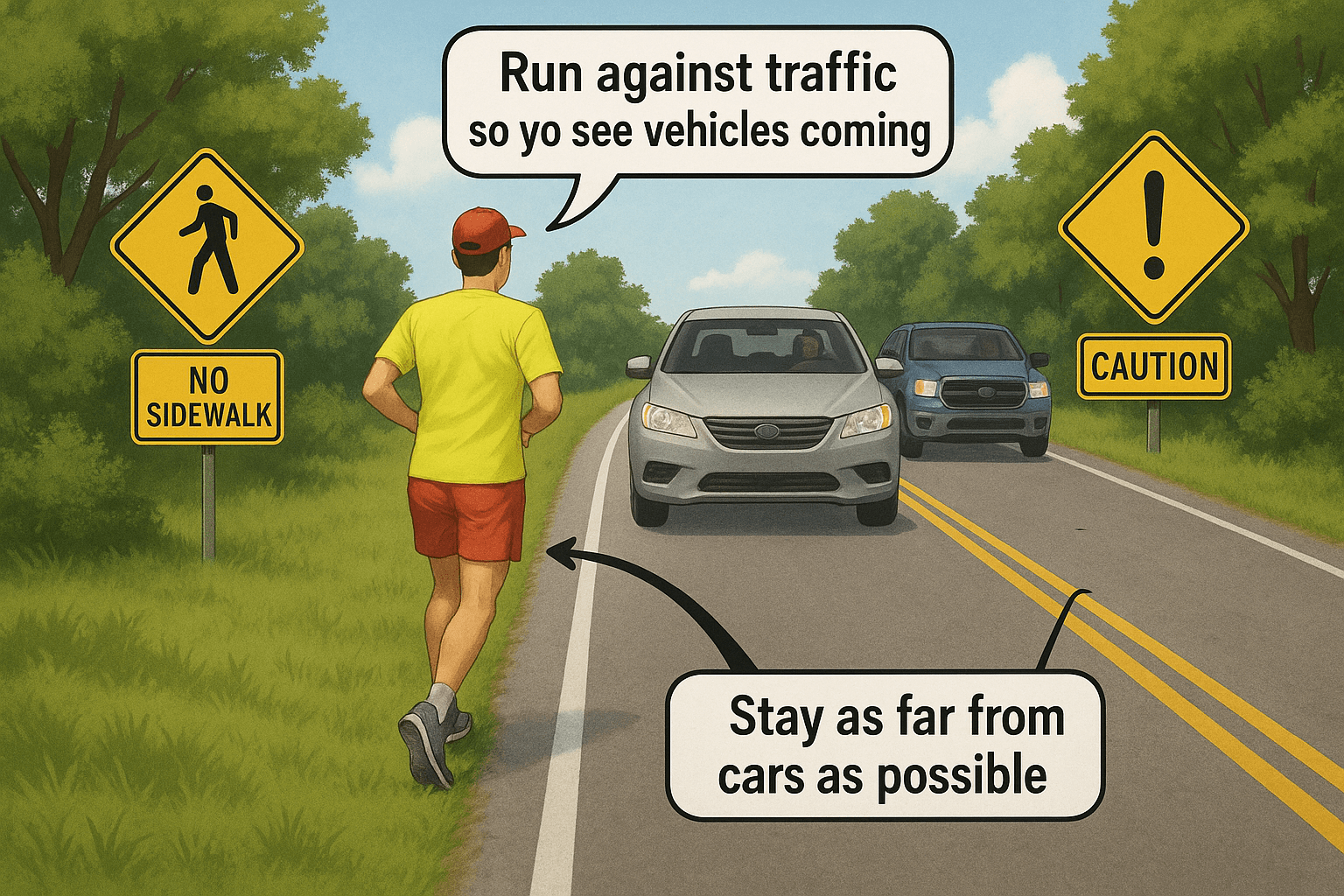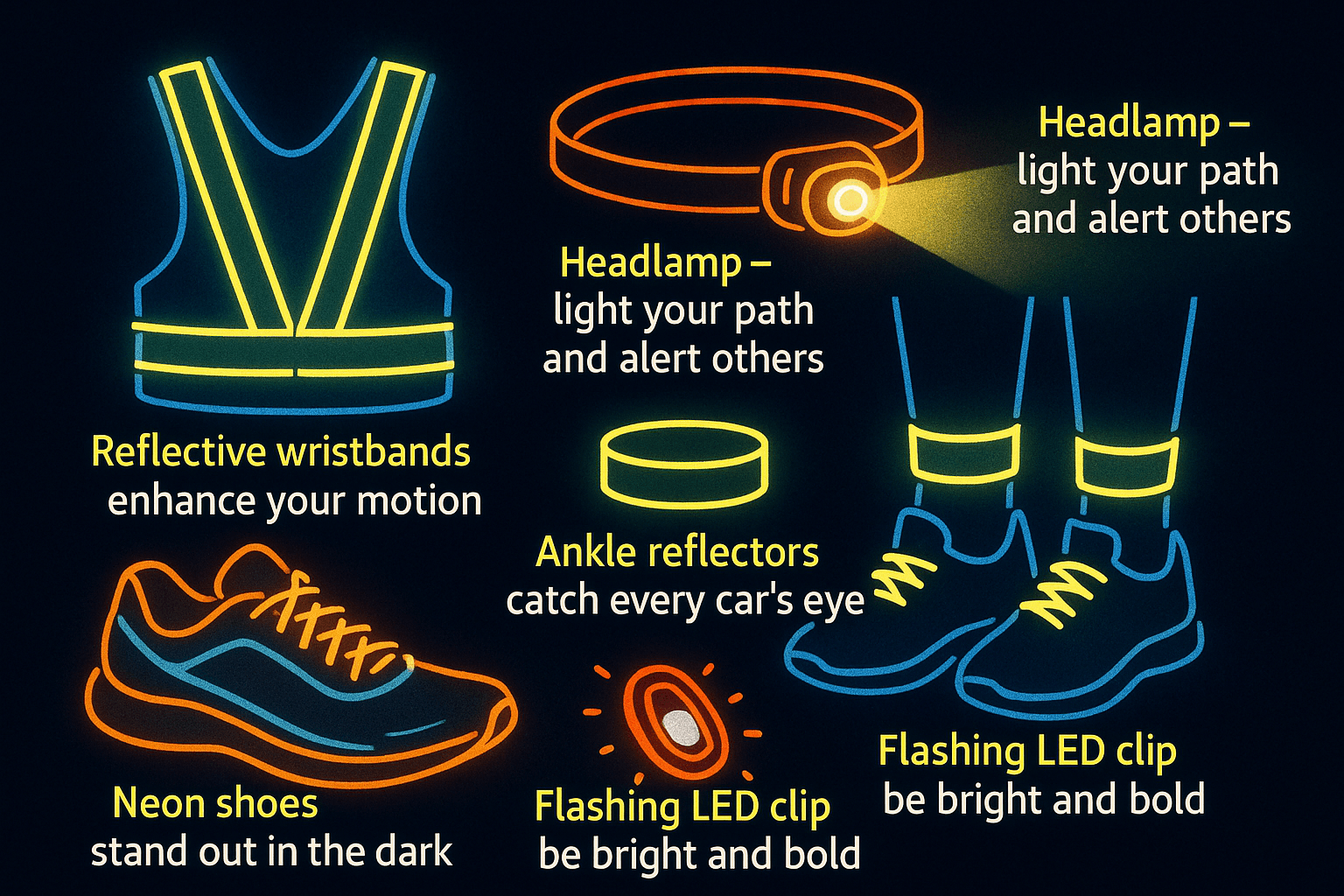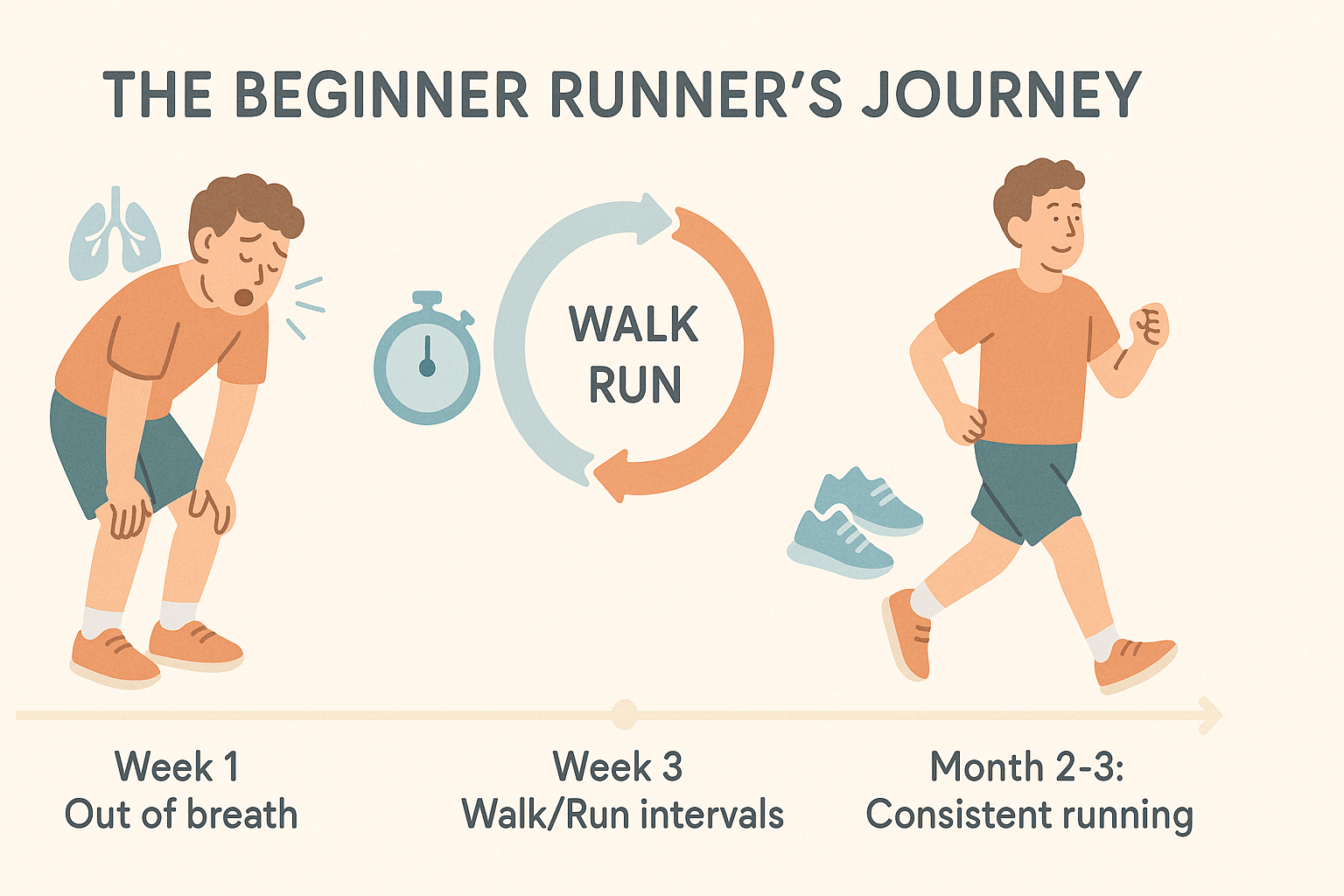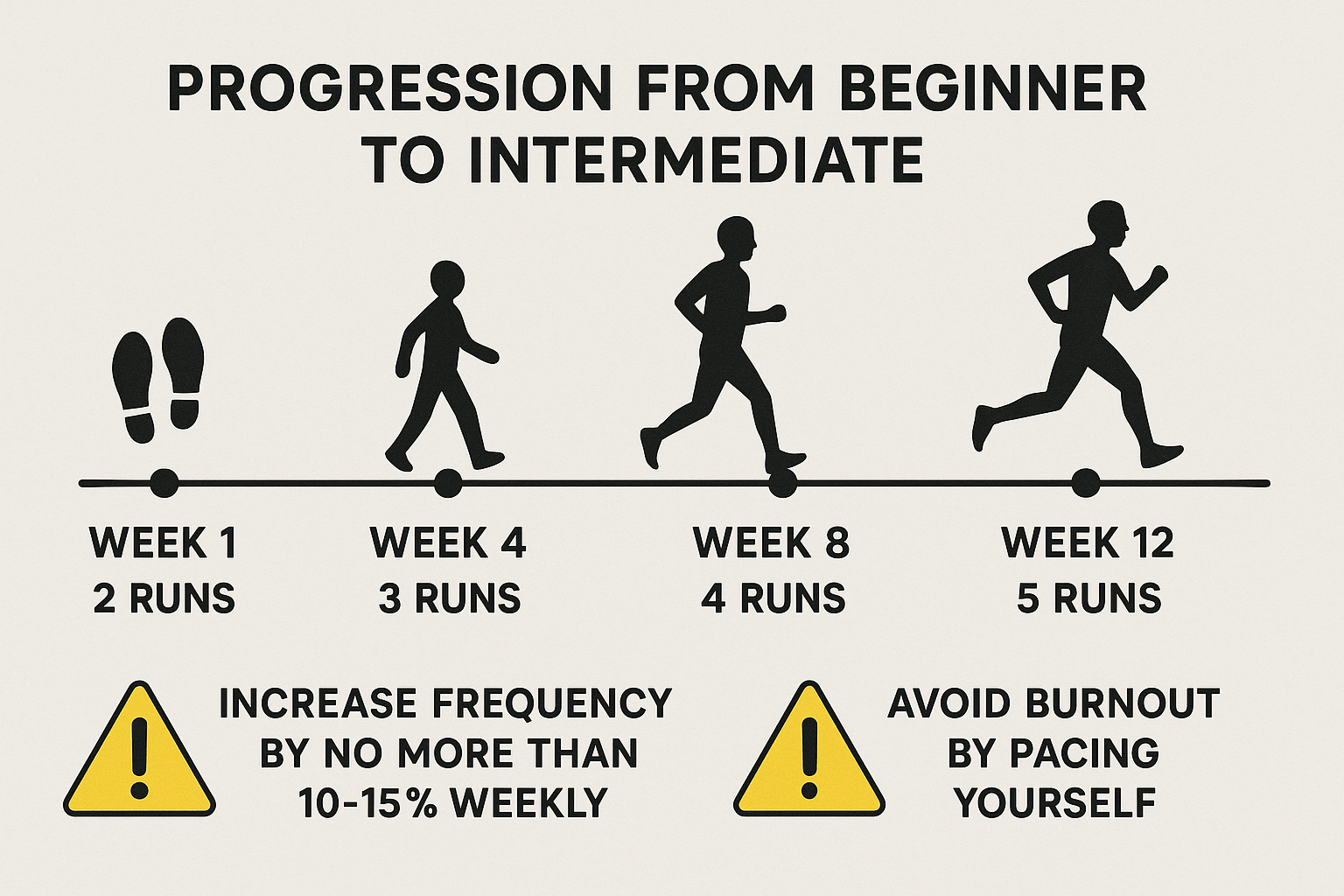Have you ever thought running was just putting one foot in front of the other?
I used to think the same thing. I mean, we’ve all got legs, right? So how hard can it be?
But here’s the deal: it’s not just about putting one foot in front of the other.
You need to get it right.
Trust me, if you don’t focus on your form, you’re just wasting energy.
You could end up with some painful, long-term issues.
And you don’t want that do you?
Let’s break down some common running form mistakes and get you running smooth and fast—without the injury potential.
The Importance of Proper Running Form
Proper running form isn’t just something nice to have.
It’s the difference between loving your runs and dreading them.
And it’s the difference between finishing strong and having to quit early because of an injury.
Let me share with you the top reasons you should care:
- Avoid Pain: Good form protects you from aches and pains. You’ll avoid those sharp pains that make it feel like your legs are on fire.
- Boost Your Performance: Want to run faster? Guess what? Form plays a role in that. The more efficient you are, the easier it is to run.
- Injury Prevention: Running with bad form is like playing a risky game with your body. When you do it right, you’re staying injury-free.
- Enjoyment: Running with good form? It feels smooth, almost like dancing. Nothing’s worse than dragging yourself to the finish line.
Now let’s get practical…
Mistake #1: Slow Cadence
If your running cadence is slow, your run’s gonna feel like you’re wading through mud.
I know, I’ve been there. I used to think I was killing it, but I was barely lifting my feet.
My cadence was so slow I could’ve walked faster.
Aim for about 180 steps per minute.
This is the sweet spot. Not only does this make you run smoother, but it also saves your muscles and joints from extra wear and tear.
So why do so many of us struggle with it?
Because we’re too busy trying to “stride out,” thinking a longer stride means we’re faster.
Nope. All you’re doing is overextending, wasting energy, and setting yourself up for some tight hamstrings.
My best Advice? The following:
- Find Your Starting Point: Run naturally for 30 seconds, count how many steps you take, double it to get your cadence. If it’s below 170, start working your way up.
- Gradual Increase: Add 5-10 steps per minute each week. Don’t try to jump from 160 to 180 overnight—your legs will revolt.
- Get a Metronome: Set it to 180 BPM, and match your steps to the beat. Trust me, your feet will get the rhythm soon enough.
- Agility Ladder Drills: Yep, I’m that guy using the ladder at the gym looking like a speed demon. But it works. Helps with foot speed, form, and gets your cadence where it needs to be.
Mistake #2: Running Like a Tense Robot
This error took a while to even realize I was guilty of.
For a long time, I was thinking I looked smooth, but actually, I looked like I was bracing against a storm with stiff arms and tense shoulders. I’d tense up like a deer in headlights, and wonder why I was more exhausted after my runs than I should’ve been.
Here’s how you can fix it:
- Loosen Up: Are your shoulders up by your ears? Drop them and relax. Same with your fists—loosen up. Hold your hands like you’re carrying a butterfly. You know, lightly. You’re not trying to strangle it.
- Shake It Out: Every mile, give your arms a good shake. It really helps you run smoother.
- Elbows at 90 Degrees: Keep your arms bent at about a 90-degree angle and swing them naturally. Don’t let them wander out of whack.
Mistake #3: Heel Striking
If you’re landing on your heels and stretching your legs too much, you’re basically hitting the brakes every time you step. I did this for years before I realized that every loud “THUD” of my feet hitting the ground was just my body begging for mercy.
Heel striking is tough on your joints and muscles. You’re basically putting the brakes on every step.
Sure, you can argue that most elite marathon runners are heel strikers, but my question to you is ‘are you an elite marathoner?’. If your answer is yes then what are you doing here? This article for beginners only.
Anyway, here’s how to fix heel striking:
- Footstrike Awareness: When you run, make sure your feet land under your hips, not ahead of you. Imagine you’re running over hot coals. Quick, light steps.
- Quiet Feet: If your footfalls sound like a marching band, you’re probably heel-striking. Aim for a lighter, quieter step.
- Midfoot Landing: Focus on landing on your midfoot or the balls of your feet, not the heels. Your feet should land directly under your body.
- Drills to Fix This: High knees, butt kicks, and skipping will get your feet under you and help eliminate that pesky heel strike. I’d also recommend trying out the chi running method.
Mistake #4: Overstriding
Ever thought that stretching your stride would make you faster?
It’s actually slowing you down.
This is the same mistake I made early on—thinking I could channel Usain Bolt by reaching for the stars with every step.
But all I did was burn out faster than a match in a hurricane.
My best advice? In a nutshell:
- Shorten Your Strides: Instead of trying to stretch out your legs, focus on quick, controlled steps. Your feet should be landing directly under your body.
- Relax and Glide: Think of it like sliding across the ground, rather than stretching or reaching for something. Keep your steps light.
- Practice Drills: Skip, butt kicks, and high knees—these will teach you to keep your feet underneath your body and reduce overstriding.
Mistake #5: Ignoring Your Body
Let me be straight with you – running through pain will only make the pain worst.
Sure, you might feel invincible, running through all the aches and pains, but that’ll catch up with you.
You get that slight ache in your knee, and instead of listening to it, you push harder, thinking it’s just part of the deal. It’s not.
Here’s how to avoid this dumb mistake:
- Take Recovery Seriously: Rest when your body tells you to rest. Don’t brush it off. Trust me, you’ll save yourself from months of being sidelined.
- Mix It Up: If you’re hurt, switch it up. Go for a swim or ride your bike.
- Stretch & Foam Roll: Spend a few minutes after each run stretching and rolling out. It’s a must for recovery.
Conclusion
Running might seem simple, but it’s not always easy.
It’s about getting your technique right, timing things well, and paying attention to your body.
Fix your cadence, relax that upper body, and avoid slamming the brakes with every step.
Keep your strides short and quick, and always, always pay attention to what your body’s telling you.
Fix just one of these mistakes, and your runs will feel a lot smoother. And trust me, once your form is dialed in, you’ll find yourself flying through runs without even thinking about it.

